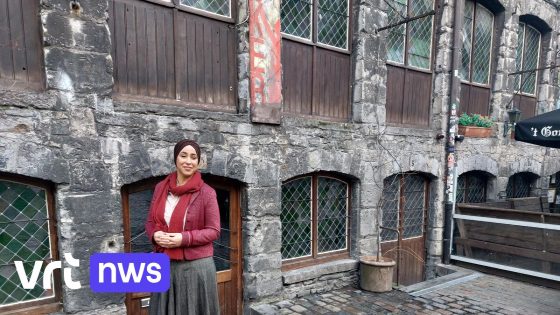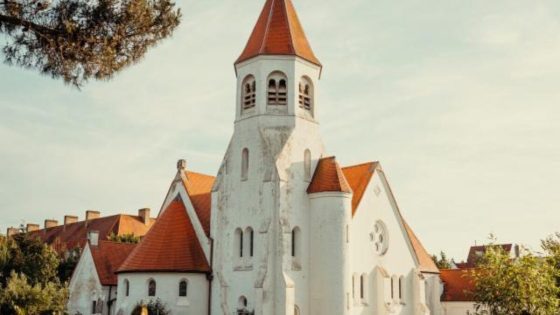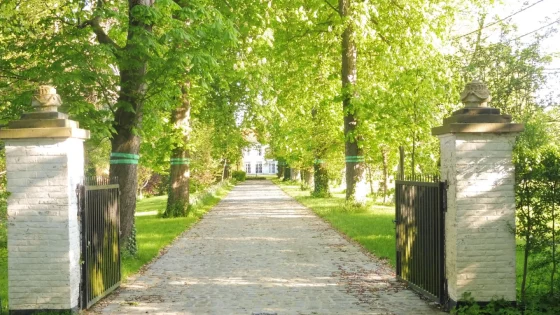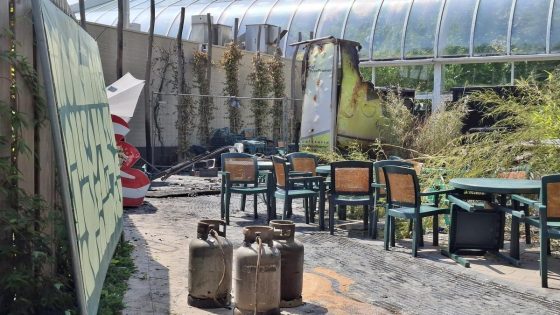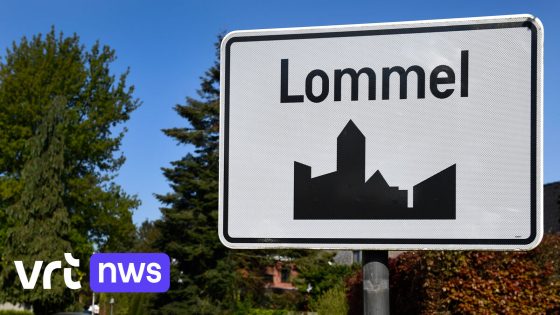The city of Ghent is making headlines by allocating over one million euros to restore the historic Graanspijker building’s façades. This restoration effort highlights Ghent’s commitment to preserving its architectural heritage while supporting local businesses housed within the building, such as the popular cafés Spijker and Gouden Mandeke.
- Gent allocates over 1 million euros
- Flanders contributes an additional 200,000 euros
- Restores historic Graanspijker building facades
- Popular cafés Spijker and Gouden Mandeke housed
- Transfers eternal facade management to owner
- Aims to end owner's minimal maintenance costs
On 2025-07-30 08:00:00, authorities confirmed that the Flemish government will add 200,000 euros to the restoration budget. Interestingly, the city of Ghent is transferring the ‘eternal management’ of the façades to the building’s owner, a move designed to reduce municipal maintenance costs linked to a peculiar historical arrangement.
What does this mean for Ghent residents and the city’s budget? Let’s explore the implications of this decision and how it affects the upkeep of one of Ghent’s cherished landmarks.
Why is Ghent changing the management of these historic façades now? The city aims to end a costly maintenance obligation that was previously minimal for the owner due to an unusual legal setup. This decision raises questions about balancing heritage preservation with budget efficiency:
- How will the owner handle the ‘eternal management’ responsibilities?
- Will this set a precedent for other historic properties in Ghent?
- Can the restoration boost local tourism and business for cafés like Spijker and Gouden Mandeke?
As Ghent moves forward with this restoration and management shift, it invites citizens and stakeholders to watch how heritage conservation and fiscal responsibility can coexist. Will this approach inspire similar initiatives across Belgium’s historic cities?



